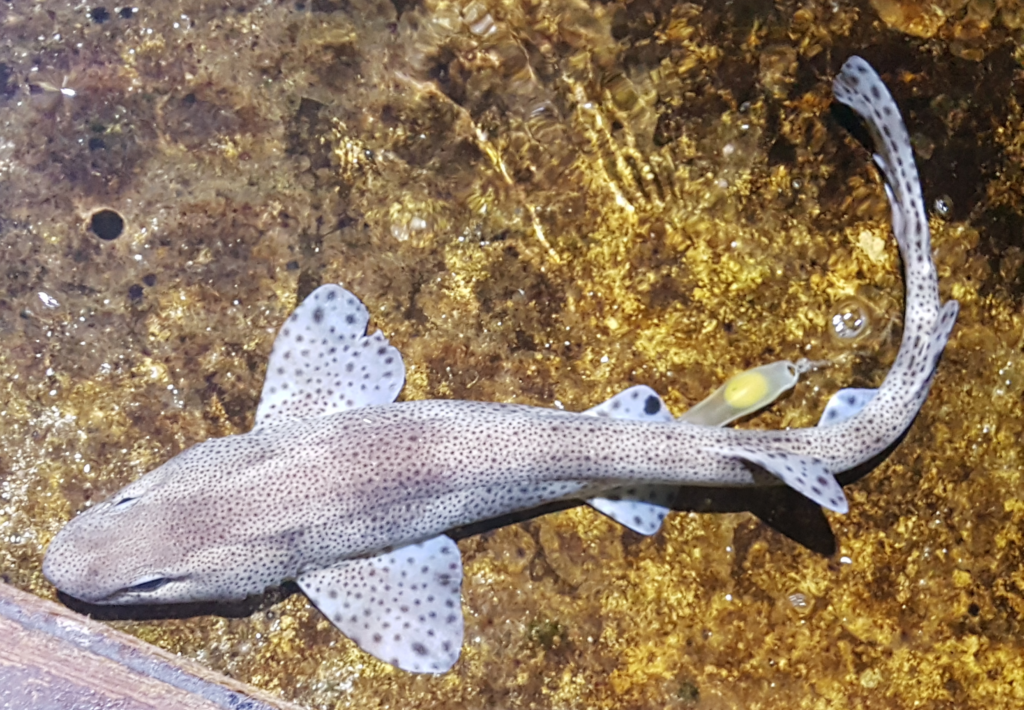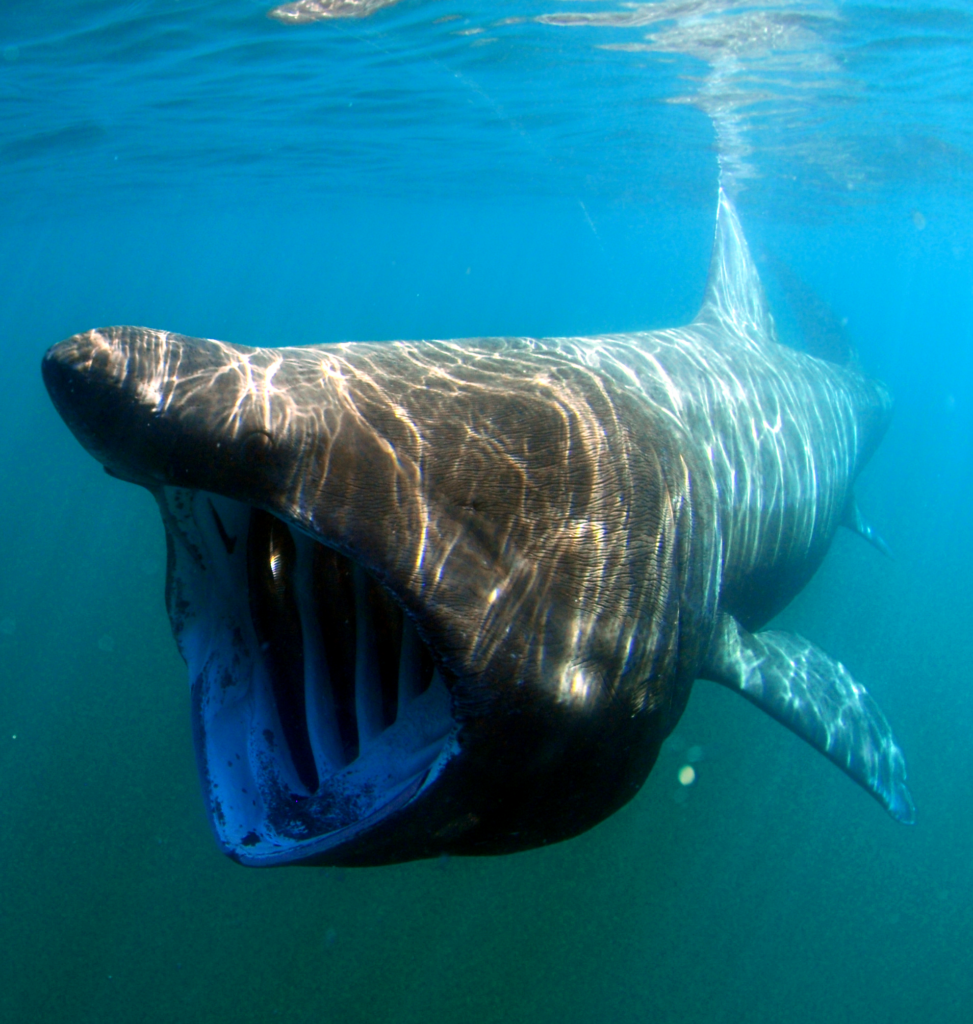Known to have a villainous reputation projected onto them by the film screen, sharks are one of the most fascinating species to swim in our oceans.
They have been around for at least 450 million years, with over 500 species living in habitats across all four corners of the world.
That even includes the coast right here in the North East! Here are eight different shark species that roam our local shores.
Small Spotted Catshark –

This catshark has other common names such as ‘rough hound’, ‘lesser spotted dogfish’.
When threatened, they curl up into a doughnut shape , to look bigger and harder to eat!
They are highly common around the UK and live close to the seabed in shallow waters down to 100m deep.
Blue Shark –

In British waters they are generally found in the slightly warmer water of the south west of England and Ireland! However, they can turn up elsewhere and have been sighted to the north of the England. Blue sharks have a slim, torpedo shaped body and are graceful swimmers. They can reach up to 13 feet in length!
Spotted Ray –

Luckily for the Spotted Ray, they are able to reproduce very quickly compared to other species of skates – this makes them less vulnerable to over fishing.
Even though it is called a Spotted Ray, it is actually a Skate.
Skates and rays are closely related and look similar, but most rays are kite-shaped with whip-like tails with one or two stinging barbels, while skates have fleshier tails and lack stinging spines.
Spurdog Shark –

Spurdog were once one of the most common shark species in British waters. However, due to the increase in overfishing, there has been a decrease since 1970. Today they are classed as Vulnerable on a global basis and Endangered within Europe’s waters according to ICUN. (International Union for the Conservation of Nature)
Evidence exists that spurdog move around in shoals, and may cover large distances when searching for food. They are one of the few venomous fish in UK waters.
It is a migratory species that spends the winter months in deep water, and the summer months in warm coastal waters.
Porbeagle Shark –

Porbeagle sharks are listed as Vulnerable by the IUCN Red List and is a Priority Species! They can live up to about 50 years.
They are strong swimmers and tagging studies have shown that they can travel huge distances.
One porbeagle shark had been tagged in Irish waters then later found in Canada!
Porbeagle sharks are endothermic, this means that they can maintain a higher body temperature 7–10°C above ambient.
This is a big advantage for them as it allows them to live and hunt in colder seas than many other sharks!
Basking Shark –

The basking shark is the second largest fish in our oceans, very commonly found within UK waters.
Despite their size, basking sharks only feed on zooplankton which they filter through tightly set gill rakers. The water then exits the body via the gill slits!
Their lifespan is actually unknown, however it is believed to be around 50 years.
Tope Shark –

Tope shark is listed as Critically Endangered by the IUCN Red List and is a Priority Species. There is high demand around the world for their fins, sometimes referred as soupfin sharks. They are protected in Europe.
There has never been any record of an unprovoked Tope attack on humans, so no need to fear this elegant elasmobranch.
Thornback Ray –

The most commonly encountered ray around the British Isles! The thornback ray can be recognised by its blotchy brown or grey back and collection of ‘thorns’ on its back and tail.
Their jaws are small however, they are extremely powerful, allowing them to crush through the shells of crabs.
As a nocturnal species they feed at night and spend the hours of daylight partially buried in the sand.
